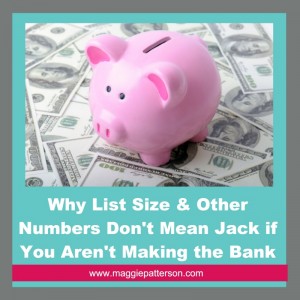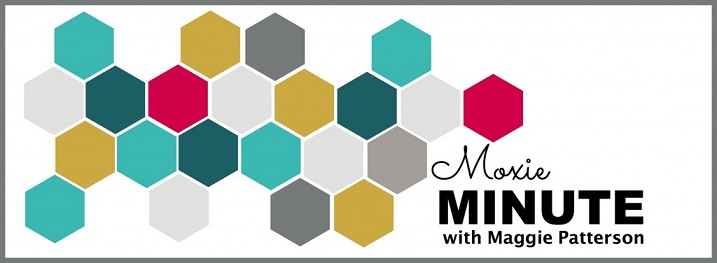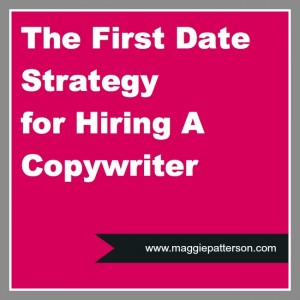 Over the last 18 months I’ve invested a lot of time and cool hard cash in courses, programs, services and coaching. As I went through the shift from corporate to more online clients, I knew I had a lot (and I mean A LOT) to learn.
Over the last 18 months I’ve invested a lot of time and cool hard cash in courses, programs, services and coaching. As I went through the shift from corporate to more online clients, I knew I had a lot (and I mean A LOT) to learn.
Some of these experiences were phenomenal. And others…were an unbelievable waste. Calling what I received crap would be extraordinarily generous on my part.
Going through this process, so many times I thought….
Are my expectations out of alignment?
Am I being unreasonable?
Did I just make a bad choice?
I’ve been turning it over and over again in my head, because that’s what introverts with an internal locus of control do. We assess and process. We assume it’s something with us before we seek other input.
Then I talked to my business buddies. During those conversations, I was shocked, frustrated and even a bit angry. This conversation has happened over, over and over again in the last six months.
Because it’s not just me. I am not alone. And I am sure as hell not the problem.
There’s an epidemic of straight up crap in our midst, and my friends, I am so damn tired of it. Creating shitty products, delivering (or not actually delivering them) services or being a unethical lame ass, is NEVER going to be okay.
At this point, you may be thinking, what if this is something I’m doing? I’m willing to bet if you’ve read this far, you aren’t the kind of shyster that is going to participate in these shenanigans.
Am I going to go on a crusade to put an end to this? No. But what I can do is open up a dialog about what’s simply not okay so we’re all more aware and we vote with our dollars.
Pull up your chair. It’s story time. I bring you three reputation killers that I’ve dealt with first hand…
Reputation Killer #1: Poor or Non Delivery
Even writing that title sounds crazy to me. But this is a true story. One that I personally have experienced.
Picture it. Premium 1:1 service. Big promises followed by something my 10-year old could have prepared. No personal investment – which is what I paid for – by the service provider. The end product that was so cookie cutter it hurt to even read it. As of today, this service has not been delivered in full, despite my follow-up.
When clients give you feedback, you need to listen. Yes, sometimes clients have been known to be wrong, but when I’m telling you that you’ve not delivered and am quoting things from your sales page back to you, we have a massive problem.
This person is ruined in my mind. My respect flushed down the toilet along with the money I invested. And the kicker? When people I know, like and trust ask me about my experience, I tell them point blank not to bother.
Lessons Learned. Big old lessons learned here starting with no late night activity on PayPal. Talk to your friends BEFORE you make an investment of this level.
And dear service providers, do what you say you are going to do or the damage to your brand may last a looooong time. I am willing to bet my one experience has cost this person $10k or more in business, but if I’d been happy, she would have generated that income and then some.
If you can’t deliver the goods, you have no business being in business. That’s not unreasonable. It’s factual.
Do what you say you are going to do. Period.
[Tweet “Do what you say you are going to do. New blog post by @magspatterson.”]
Reputation Killer #2: Bait and Switch.
This is a tricky one, but hear me out. When your face is on your website, you have a personal brand. People have a reasonable expectation of the program being designed by you, working with you and so on.
Especially as a small online business.
So when I find out that you are only the name and not really the talent behind any of it, your cred goes down in my mind.
Do I think you should have a team in place? Yes.
Do I expect a personal phone call from you? No.
But I damn well expect that you are involved. Not spending 363 days a year on the beach while I get passed off to your
junior coach/writer/the person really doing all the work with NO warning beforehand. Let’s just say, I get a little pissy.
If you have a team, if someone else is going to be involved, you need to educate your clients in advance about what they can expect.
Bait and switch just isn’t cool. That’s why in my agency days every single person on the account team was known to the client and interacted with them at some point. When anyone is giving you money, you need to respect them and disclose how your business is actually run.
Lessons Learned. Before you invest make sure that you understand who you are really working with. Ask who your day-to-day contact is. And find out who’s brain will be all up in your business so to speak.
Reputation Killer #3: Lies, Exaggeration + Overselling It
Consider this the laundry list, but this all comes down to the fact that people are smarter than you realize.
Newsflash: Even if you are reallllly smart, people will eventually do the math and figure out your game.
[Tweet “Don’t oversell it. People can do the math. @magspatterson explains reputation killers”]
The most common place this happens is with experience. I get it, it’s understandable that you want to look your best so that people want to work with you. But there’s a fine line between spinning your experience and completely overselling it.
Years ago I had a coworker, same age as me, same education who somehow claimed to have 4 more years of experience, when she actually had 2 less years as she started college later on. Never did figure that one out, but trying to get a competitive edge by exaggerating the facts only weakens your position.
My rule of thumb is to make the strongest verifiable claim. Push it to the limit of what’s true, but don’t step over that line and become a liar, liar pants on fire.
Same goes for anything measurable. How much money you are making, how many clients you work with and so on. People talk, and people can add. What may have made you credible has now made you look like a fool because you had to embellish to feed your ego.
If you don’t want to talk numbers because you don’t feel like they are strong enough then don’t. Success can be measured in more than list size or monthly revenue. You do not need to justify this to anyone.
Lessons Learned. People are crazy. Even with my poor math skills, I can figure out when shit just doesn’t add up and you are full of shit…which makes your reputation shit in my books. (And peace out, I’m not angry. I just needed to drive that point home.)
What’s Next?
I encourage you to watch for the signals that things are not what they seem, even if that person is a “major name, super important big shot brand”. If your intuition is telling you something, freakin’ well listen to it…instead of automatically assuming the problem is with you.
You are not the problem and you don’t have to be a part of it.
Admit when you are wrong. Do what you say you are going to do. Work with people whose brand is aligned with you and where you want to go.
It’s that simple.
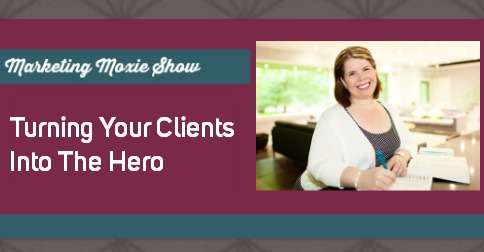

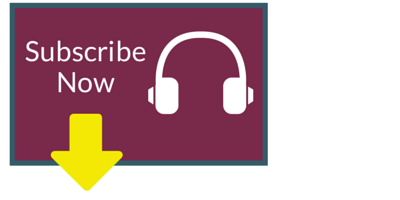



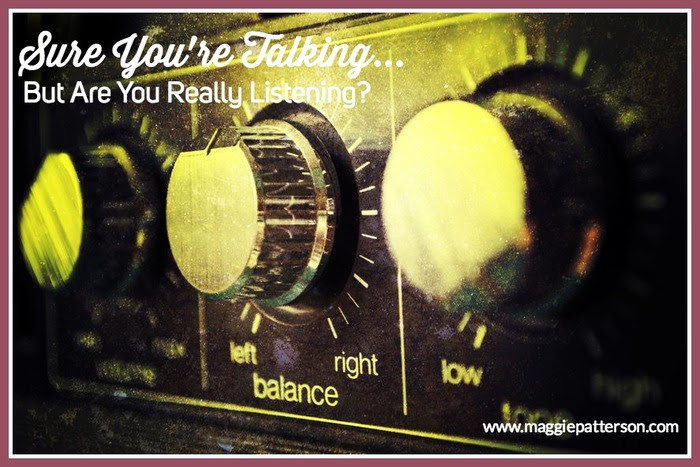
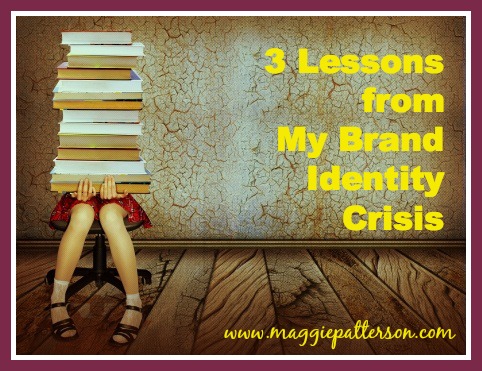
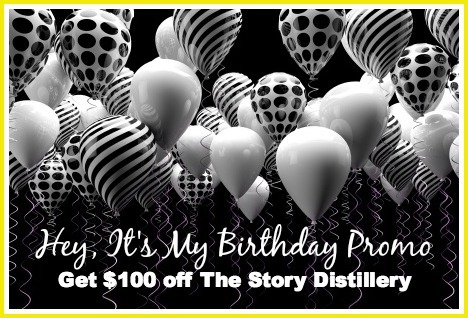
 Over the last 18 months I’ve invested a lot of time and cool hard cash in courses, programs, services and coaching. As I went through the shift from corporate to more online clients, I knew I had a lot (and I mean A LOT) to learn.
Over the last 18 months I’ve invested a lot of time and cool hard cash in courses, programs, services and coaching. As I went through the shift from corporate to more online clients, I knew I had a lot (and I mean A LOT) to learn.